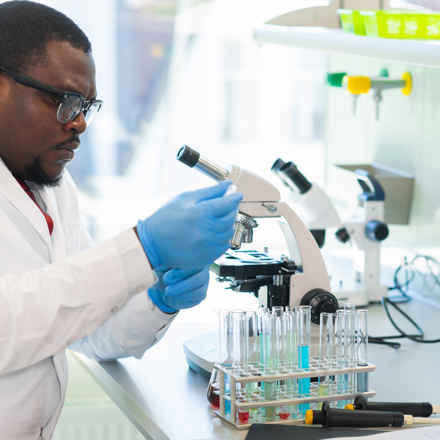Injections which could restore sight to be trialed in humans
Posted: Thursday 22 October 2020
Scientists have used gene therapy to partially restore sight in blind mice, using a process known as optogenetics.
Optogenetics is the study of adding genes to neuron (nerve) cells so that they can sense light.
In trials by the US firm Nanoscope, blind mice with no light perception were shown to regain significant retinal function and vision after treatment.
In humans, the therapy would be administered as an injection into the eye to treat age-related macular degeneration (AMD) and retinitis pigmentosa (RP).
Optogentics is still a very early research area, and this is not yet being trialled in humans, but following this study's success Nanoscope is expected to start in humans in the next few months.
How does it work?
Bipolar cells are cells that sit below the photoreceptor (light sensing cells), when the photoreceptors sense light, they create a signal and pass this signal to the bipolar cells. Ultimately this signal ends up in the brain where the nerve signals are turned into what we see as vision.
In AMD and other vision disorders, these photoreceptors are damaged and stop sensing light, or sending signals to the brain. This study looks at adding a gene into bipolar cells, allowing these cells to sense the light instead of photoreceptors.
What does this mean for patients with macular disease?
Geraldine Hoad, research manager at the Macular Society, said: “In theory this may allow for those with macular disease who have vision loss due to photoreceptor damage to be able to get stronger light perception and possibly increase vision. However, this has only been tested in mice, so it is difficult to know if it could work in humans.”
